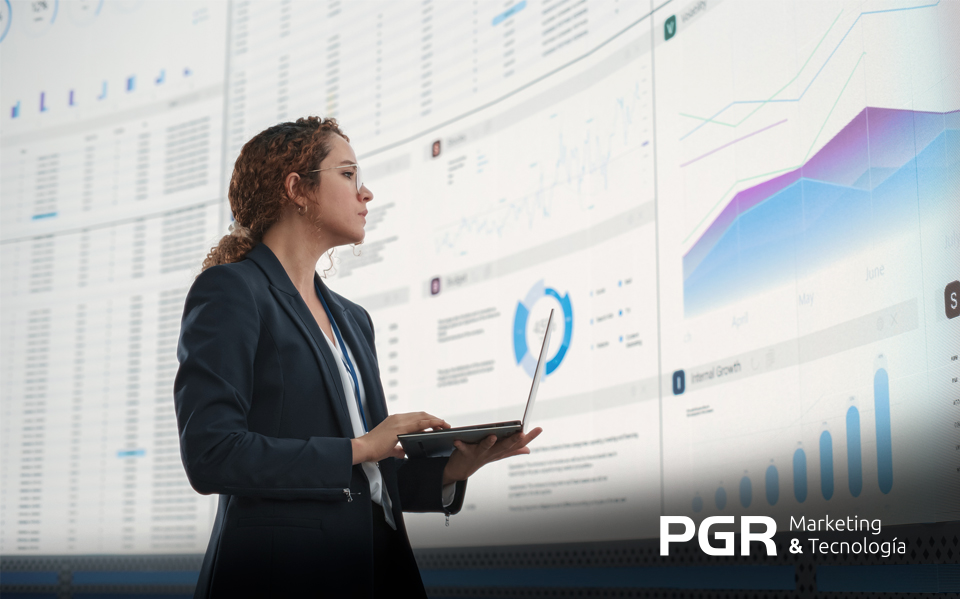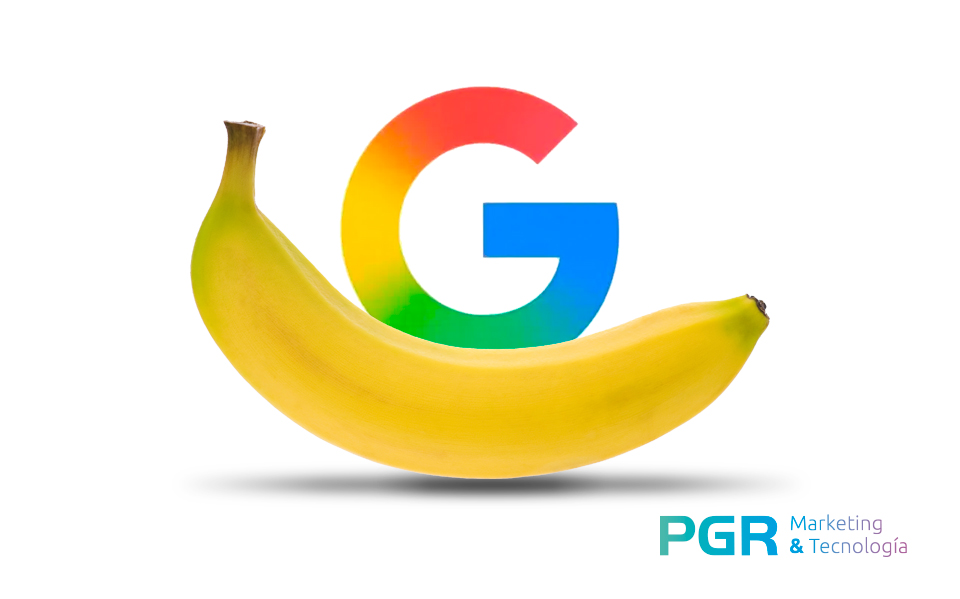
If you still think Artificial Intelligence is just about typing prompts into a chat, you’re leaving money — and above all, time — on the table.

Today, every search reflects a radical transformation. The most visible change lies in AI Overviews: Google’s AI-generated summaries, powered by Gemini, which now dominate the top of search results. It’s no longer about guiding you to the answer, but about giving it to you directly.

The era of B2B marketing is being redefined at an astonishing pace, and the driving force behind this transformation is, without doubt, Artificial Intelligence. AI is no longer a futuristic concept but a tangible tool that is revolutionising how companies identify, attract, convert, and retain B2B customers.

What if you could know what your customer needs even before they are fully aware of it themselves? No, this isn’t science fiction or a psychic skill. It’s the application of Artificial Intelligence to B2B marketing, a silent revolution that is redefining the rules of the game and separating leading companies from the rest.

Did you know that the latest major update to Google Gemini for image editing is called Nano Banana? Yes, you read that right. A name as peculiar as it is charming, which started out as an internal codename and ended up becoming a recognised brand.